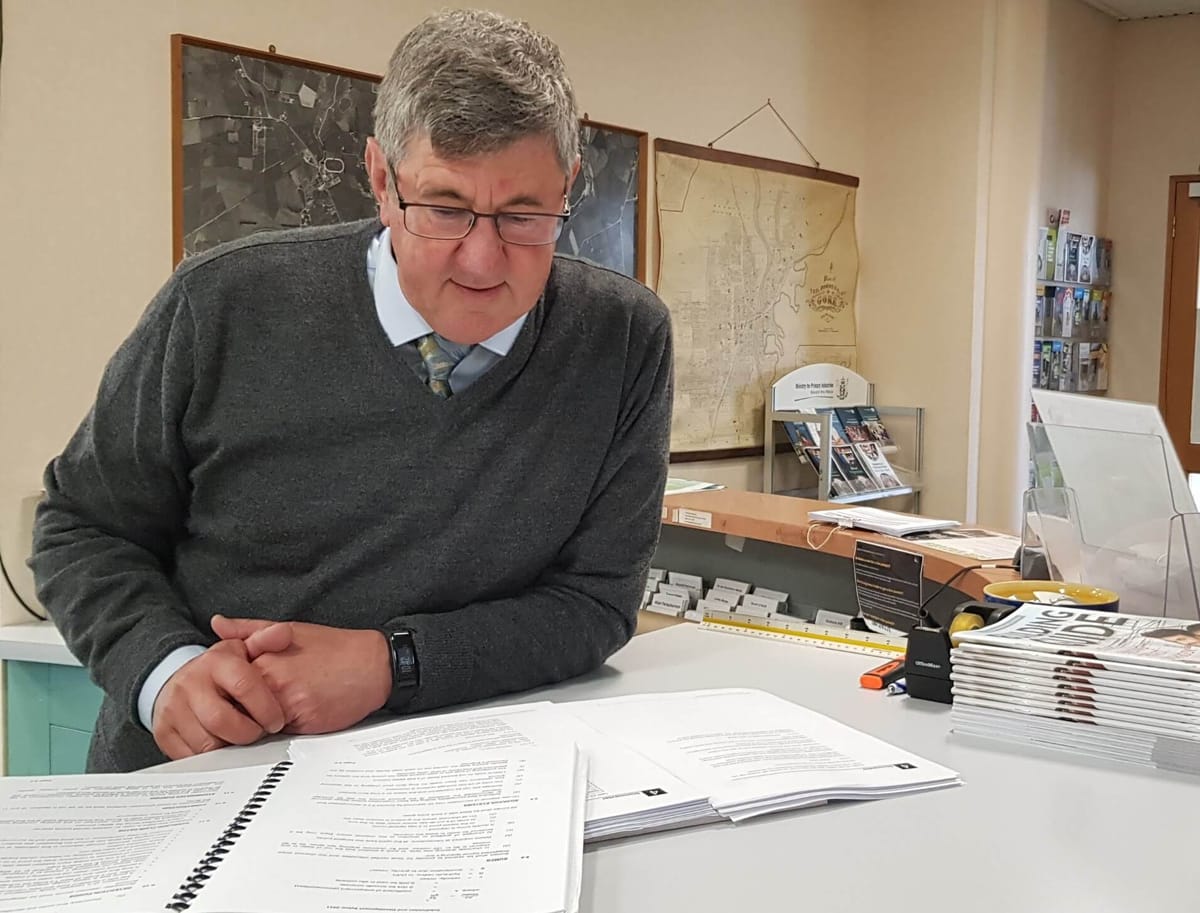New buildings in Gore and Mataura will need to have rainwater storage tanks under proposed changes to the Gore District Council’s Subdivision and Land Development Bylaw.
With the bylaw up for review, the Council is taking the opportunity to promote sustainable
development practices that emphasise environmental quality and reduce growing pressure on aging infrastructure.
The proposed changes are part of a larger Water Taskforce Action Plan being rolled out this summer by the Council to tackle the issues and challenges around water supply and usage.
Regulatory and Planning General Manager Dr Ian Davidson-Watts said the Council appreciates last summer was tough for residents given the water restrictions and supply issues.
“Climate change predictions point to longer dry periods but heavier rainfall events. This means we need to be proactive and look at long term sustainability to ensure the impact on urban residents is minimised.”
Making the installation of rainwater tanks compulsory for new residential, industrial and commercial builds will relieve a bit of pressure on urban water supplies. It will also help reduce the impact of heavy rainfall on stormwater networks.
Planning consultant Keith Hovell said the proposed minimum tank size was 3000 litres.
“When the tank is full it will provide enough water for almost four hours of hosing. The rainwater would only be used outdoors and is not intended as a potable water source.
“Rainwater capture will reduce residents’ reliance on treated water for use outdoors, which means less demand on our water supply.”
The other significant change to the bylaw is encouraging green infrastructure, such as rain gardens and grasses, for new builds in Gore, Mataura and Waikaka. This is aimed at reducing the amount of water that floods urban stormwater networks during heavy rainfall events, Mr Hovell said.
In the past little consideration was given to providing permeable areas to reduce runoff from sites with the use of concrete or compact gravel the norm.
“Again, given climate change predictions that there will be more intense rainfall events we need to change the way we do things.”
It is proposed to introduce the following minimum areas of permeable surfaces for a new build:
- Residential 60%
- Commercial 55%
- Industrial 40%
Dr Davidson-Watts said it was common knowledge Gore and Mataura have an aging stormwater network that would cost millions of dollars to upgrade.
“Green infrastructure filters the water, is resilient, visually pleasing and contributes to biodiversity.
“It also provides savings and benefits to ratepayers,” he said.
Rainwater tanks and green infrastructure may not be practical all the time, therefore the draft bylaw allows requests for dispensation. When considering requests regard will be given to other on-site options to reduce the impact of heavy rainfall on the stormwater network.
Dr Davidson-Watts stressed the draft bylaw was only for new builds. However, the Council realises there is likely to be a lot of community interest in the proposed changes, particularly rainwater tanks.
“As part of our taskforce action plan we will be considering options for existing property owners.”
The draft bylaw will go to the Council’s meeting on Tuesday 30 October for adoption and is
scheduled to be released for public consultation in early November.
“The plan is to have feedback in by early December and look at a hearing, if one is required, in the new year,” he said.

